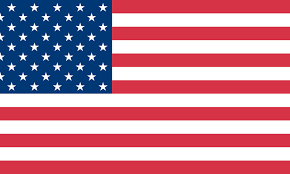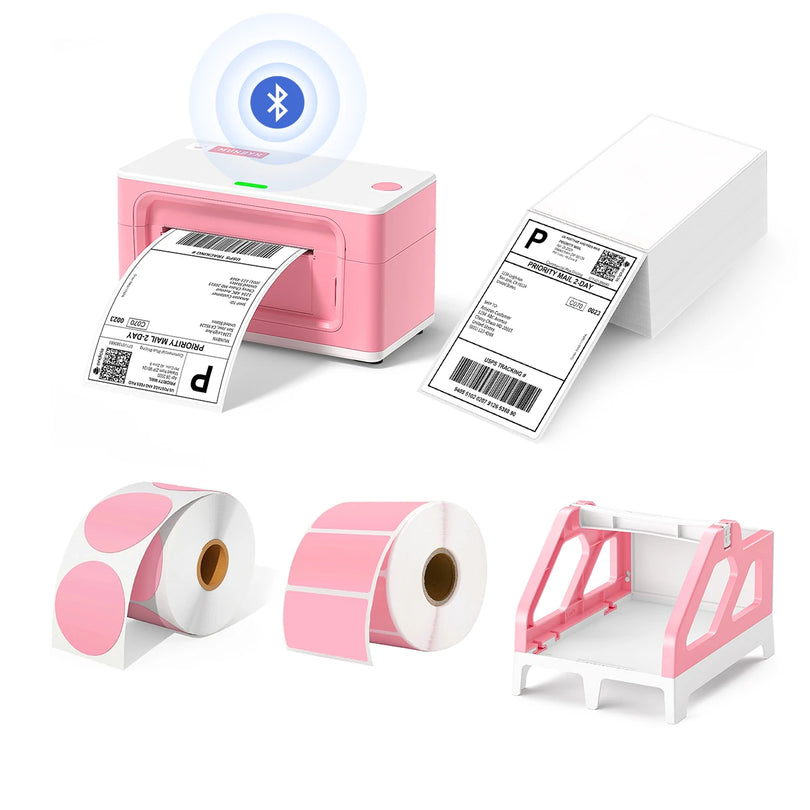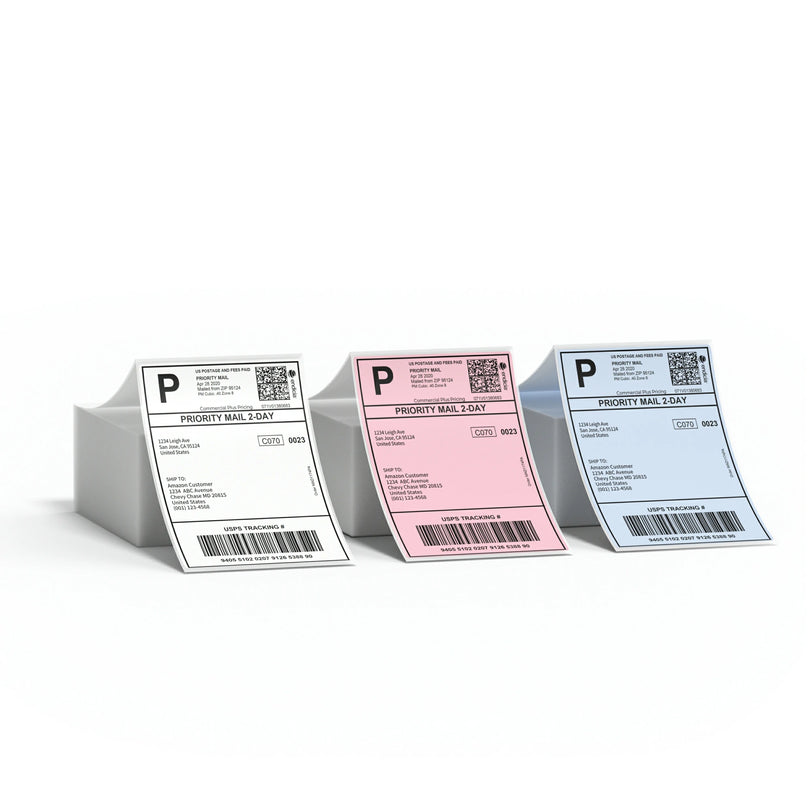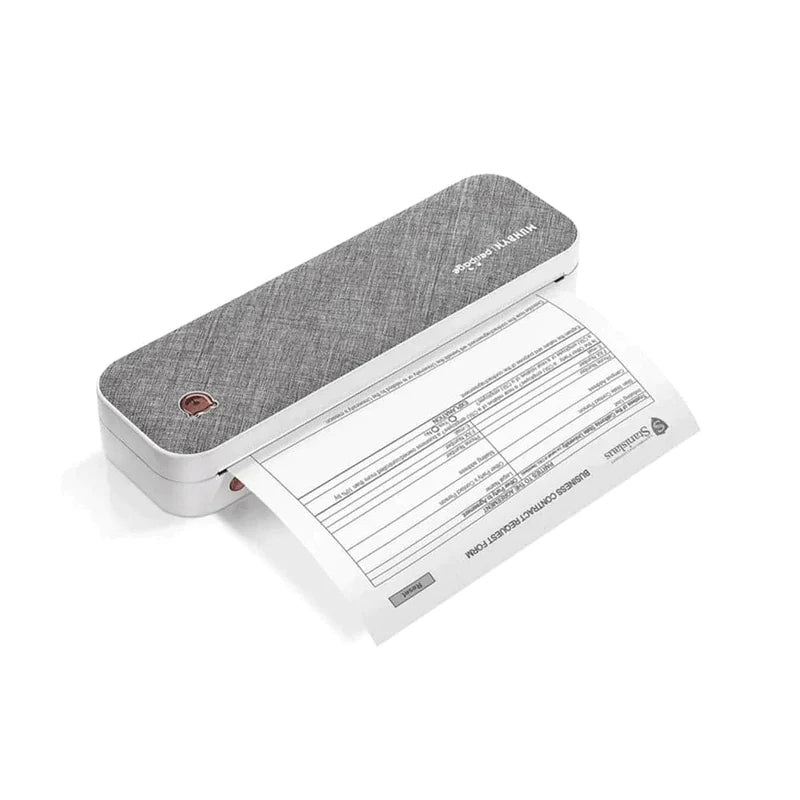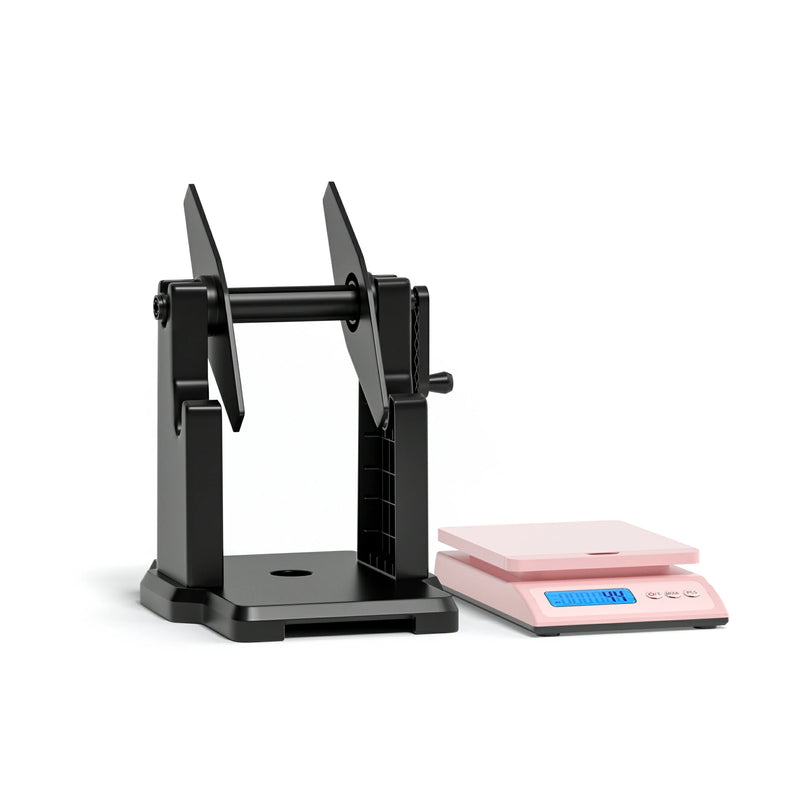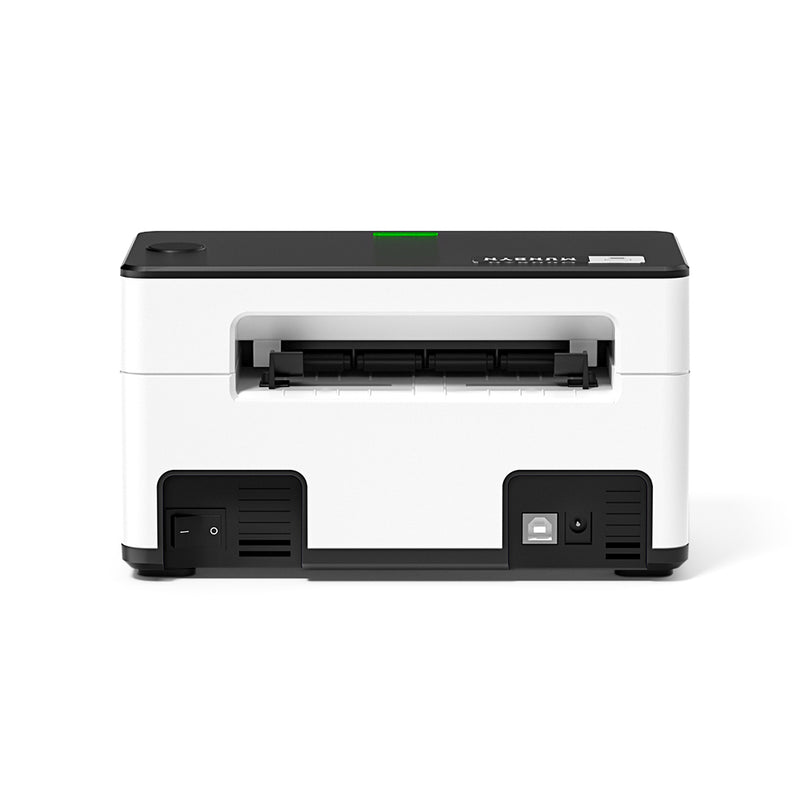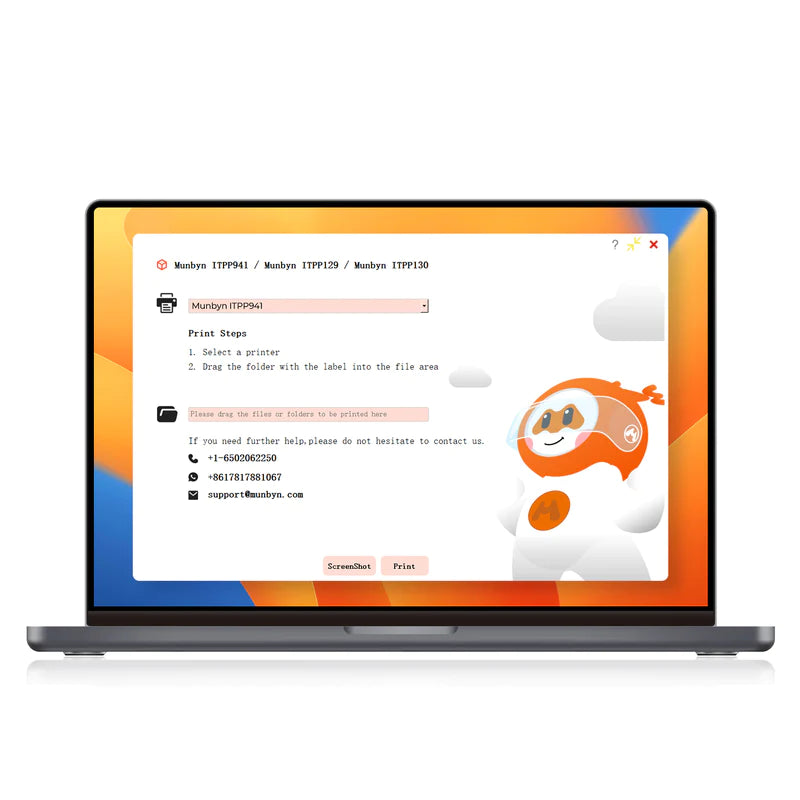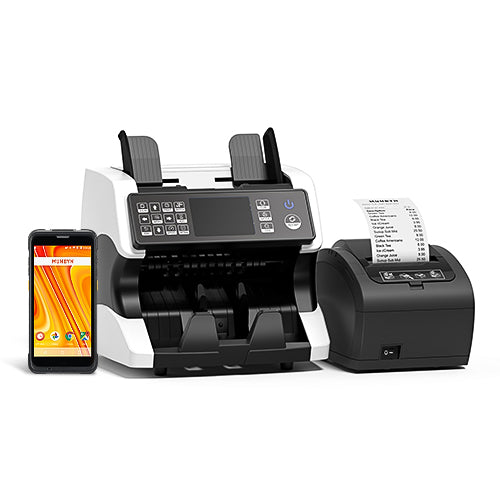When running a business in the United States, shipping plays a crucial role in operations and customer satisfaction. Two major shipping services often considered are UPS Ground and USPS Priority. Each service offers unique features and benefits that cater to various shipping needs. In this article, we'll explore these options to help you make an informed decision.
What is UPS Ground?
UPS Ground is a cost-effective shipping service provided by United Parcel Service (UPS), which is one of the largest and most recognized package delivery companies in the world. Here are some key points regarding UPS Ground:
- Service Coverage: UPS Ground offers delivery to all 50 states and Puerto Rico, covering both commercial and residential addresses.
- Delivery Time-frame: Delivery typically occurs within 1-5 business days, depending on the origin and destination of the package.
- Tracking: UPS provides detailed tracking information for packages shipped via Ground service, allowing both shippers and recipients to monitor their package's progress.
What is USPS Priority Mail?
USPS Priority Mail is a fast domestic shipping option provided by the United States Postal Service (USPS), which is an independent agency of the federal government responsible for providing postal service in the United States. Here are some key points regarding USPS Priority Mail:
- Service Coverage: USPS Priority Mail extends across all 50 states in the United States, including Alaska and Hawaii, as well as U.S. territories such as Puerto Rico and Guam. It also serves military addresses (APO/FPO/DPO).
- Delivery Time-frame: USPS Priority Mail aims to deliver packages in 1-3 business days, depending on how far the package needs to travel.
- Flat Rate Options: USPS offers flat rate boxes and envelopes for Priority Mail, allowing shippers to pay a single rate regardless of the package's weight or destination (as long as it fits within the provided box/envelope).
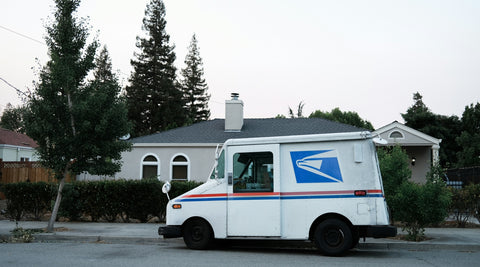
What is the difference between UPS Ground and USPS Priority Mail?
USPS Priority Mail and UPS Ground are two popular shipping services in the United States, each with different characteristics as follows:
- Carrier: UPS Ground is a service offered by United Parcel Service (UPS), a private package delivery company. USPS Priority Mail is provided by the United States Postal Service (USPS), an independent government agency.
- Shipping Speed: UPS Ground typically delivers within 1-5 business days, depending on the origin and destination of the package. In contrast, USPS Priority Mail typically delivers packages within 1-3 business days, often making it a faster option for time-sensitive deliveries.
- Tracking and Insurance: UPS Ground shipments come with tracking services and basic liability coverage, which can be increased for a fee. USPS Priority Mail includes tracking and a set amount of insurance coverage for most shipments at no additional charge, with the option to purchase additional insurance if needed.
- Package Size and Weight Limits: UPS Ground can accommodate larger and heavier packages, often up to 150 pounds and with a combined length and girth of up to 165 inches. USPS Priority Mail, on the other hand, has a maximum weight limit of 70 pounds and a maximum combined length and girth of 108 inches for most shipments.
- Cost: UPS Ground rates are determined by the package's weight, dimensions, and distance traveled, which can be more cost-effective for heavier and larger packages, particularly for commercial shippers with negotiated rates. In contrast, USPS Priority Mail has more competitive rates for smaller, lighter packages, especially for shipments that fit into their flat-rate boxes or envelopes.
- Pickup and Delivery Options: UPS Ground provides pickup services and also has an extensive network of drop-off locations, including UPS Stores and authorized retail outlets. USPS Priority Mail can be dropped off at any post office or postal collection box, and free package pickup can be scheduled from your home or office.
|
Feature |
UPS Ground |
USPS Priority Mail |
|
Carrier |
UPS |
USPS |
|
Shipping Speed |
1-5 business days |
1-3 business days |
|
Service Coverage |
All 50 states and Puerto Rico in the United States, more limited service in certain remote territories |
All 50 states in the United States, as well as U.S. territories without additional fees |
|
Services Included |
Basic tracking and delivery confirmation |
Tracking, delivery confirmation, and limited insurance |
|
Package Size and Weight Restrictions |
Maximum weight: 150 lbs; size up to 165 inches in length and girth combined |
Maximum weight: 70 lbs; maximum size: 108 inches in combined length and girth for most mail pieces |
|
Convenience |
Surcharge for remote areas within the United States |
No extra fees for remote areas within the United States |
|
Cost |
Based on weight, dimensions, and distance |
flat-rate options available |
|
Pickup and Delivery Options |
Pickups available, sometimes at an additional cost |
Free package pickup during regular mail delivery |
How to choose the right shipping service?
When choosing the right shipping service, consider the following factors:
How quickly do you need the package to arrive?
If rapid delivery is a priority, USPS Priority Mail typically offers swifter standard delivery times for the majority of domestic shipments when compared to UPS Ground. However, for guaranteed next-day service, you would consult or look at other specific express services offered by both carriers.

What is your budget for shipping costs?
Choosing between UPS and USPS for shipping also depends on your budget. Both carriers offer a range of services that cater to different pricing levels depending on the speed of delivery, package weight, and dimensions.
It's important to note that additional factors such as package insurance, delivery confirmation, and special handling can also affect the overall cost of shipping, regardless of the carrier you choose. To get the most accurate pricing, use the shipping calculators available on both the UPS and USPS websites; provide the shipment details, and compare the rates for different services.
If your budget is limited when shipping numerous products simultaneously, opting for a shipping label printer to produce your shipping labels can lead to significant cost savings. At the same time, buying a range of shipping labels in bulk may contribute to time and cost efficiencies.
SEE ALSO: What Is a Shipping Label and How to Print It?

Are your items large, heavy, or otherwise subject to additional fees?
When shipping large, heavy, or irregularly shaped items that might be subject to additional fees, both UPS and USPS have specific guidelines and pricing structures that come into play.
In general, if your items are particularly large or heavy, UPS might be better suited to accommodate them, especially for extremely heavy or bulky shipments where USPS services may not be available. However, for items that are less than 70 pounds and fit within the USPS size limits, USPS could be more cost-effective.
Are you shipping domestically, internationally, or to remote areas?
When deciding between UPS and USPS for shipping, considering the destination of your package is crucial. For transportation in remote areas, there is a significant difference between the two services. Given its mandate to serve all Americans, USPS generally does not charge extra fees for delivering to remote and rural areas within the United States. However, deliveries to less accessible locations may incur "Remote Area" or "Extended Area" surcharges for UPS carriers.
Always compare the latest prices and services directly through each carrier's website or by visiting a local branch. Rates and services can change, so it's essential to have current information when making your shipping decisions. For instance,
If you're dispatching a compact book or lightweight items, choosing the economical and effective USPS could be a wise decision. On the other hand, for transporting delicate antiques or heavier goods, selecting UPS is advisable for both cost-efficiency and enhanced protective measures.
Wrap Up
Selecting between UPS Ground and USPS Priority involves weighing the differences in speed, cost, and services offered. For small businesses where budget is a top concern, selecting a shipping partner that offers competitive rates without compromising on delivery reliability is important. Meanwhile, for those focused on building their brand, it's critical to partner with a logistics provider known for exemplary service and timely deliveries, hereby reinforcing a positive customer experience and elevating the company's brand prestige.
By understanding the strengths and limitations of each service, businesses can make a strategic decision that aligns with their operational needs and customer expectations. Remember that no one-size-fits-all answer exists; the best choice depends on your specific requirements and priorities. Always stay updated with the latest shipping rates and policies to ensure you are providing the best possible service to your customers.
